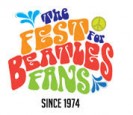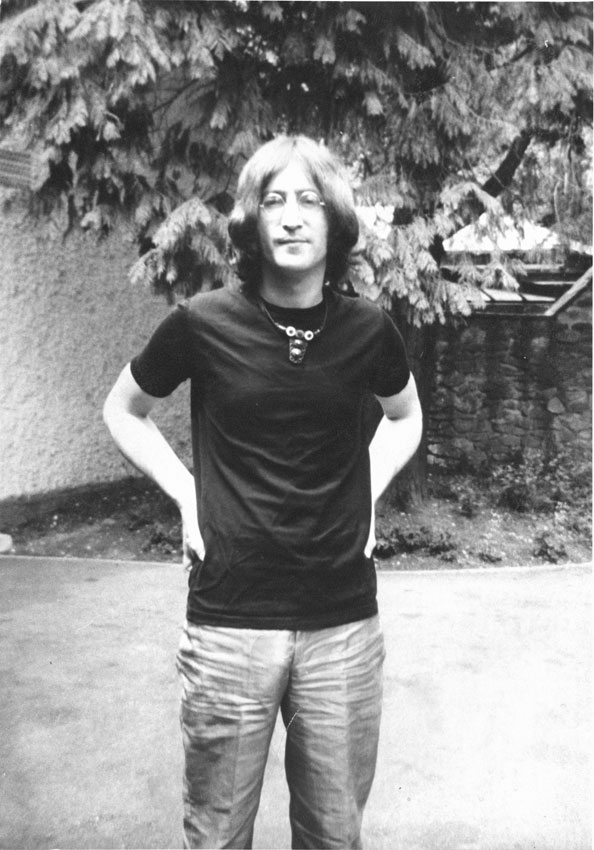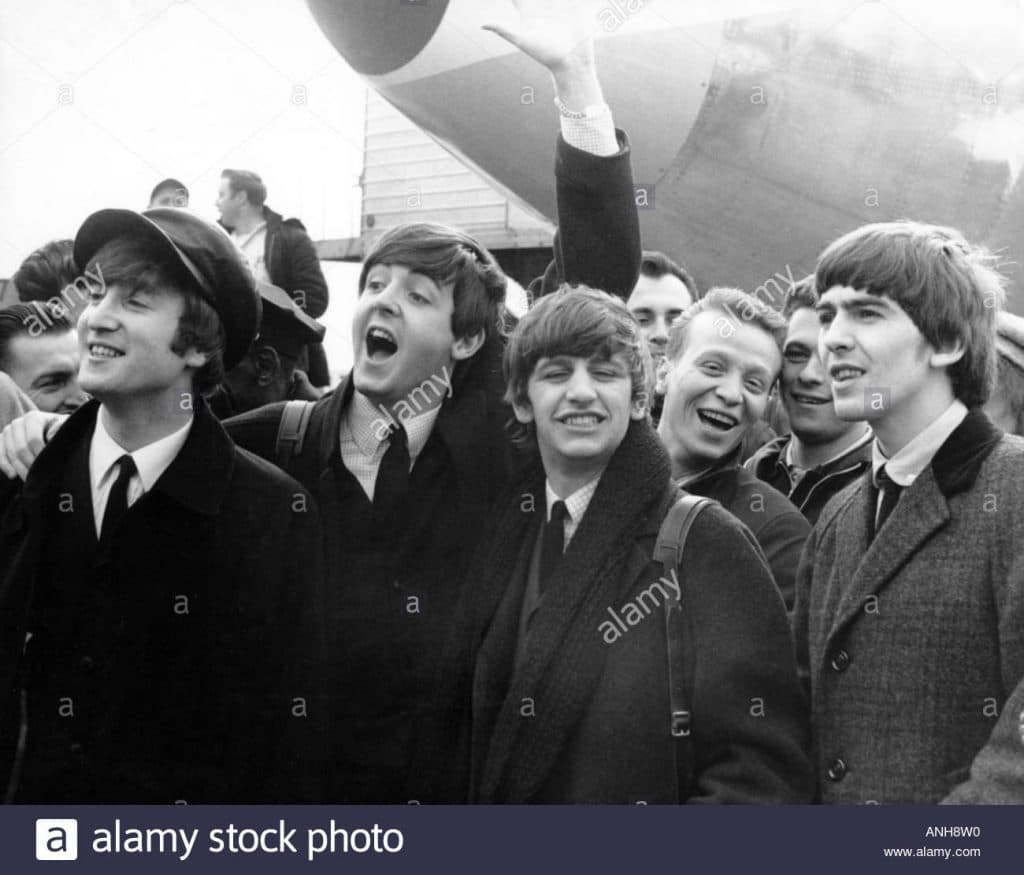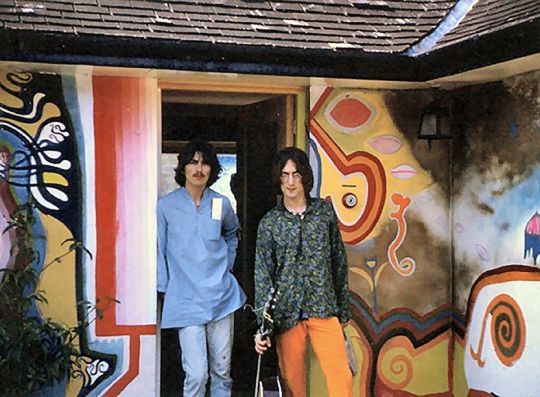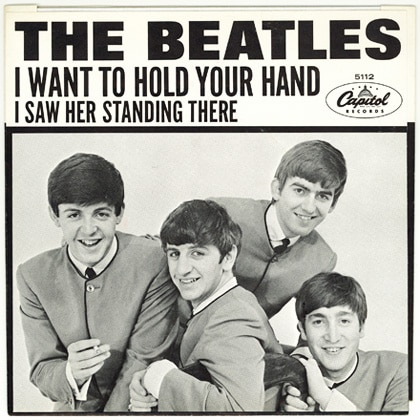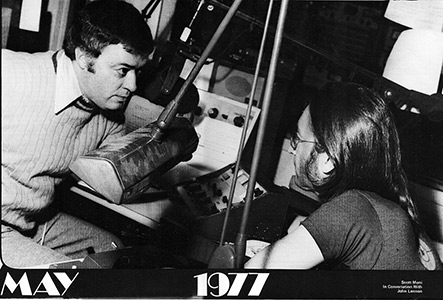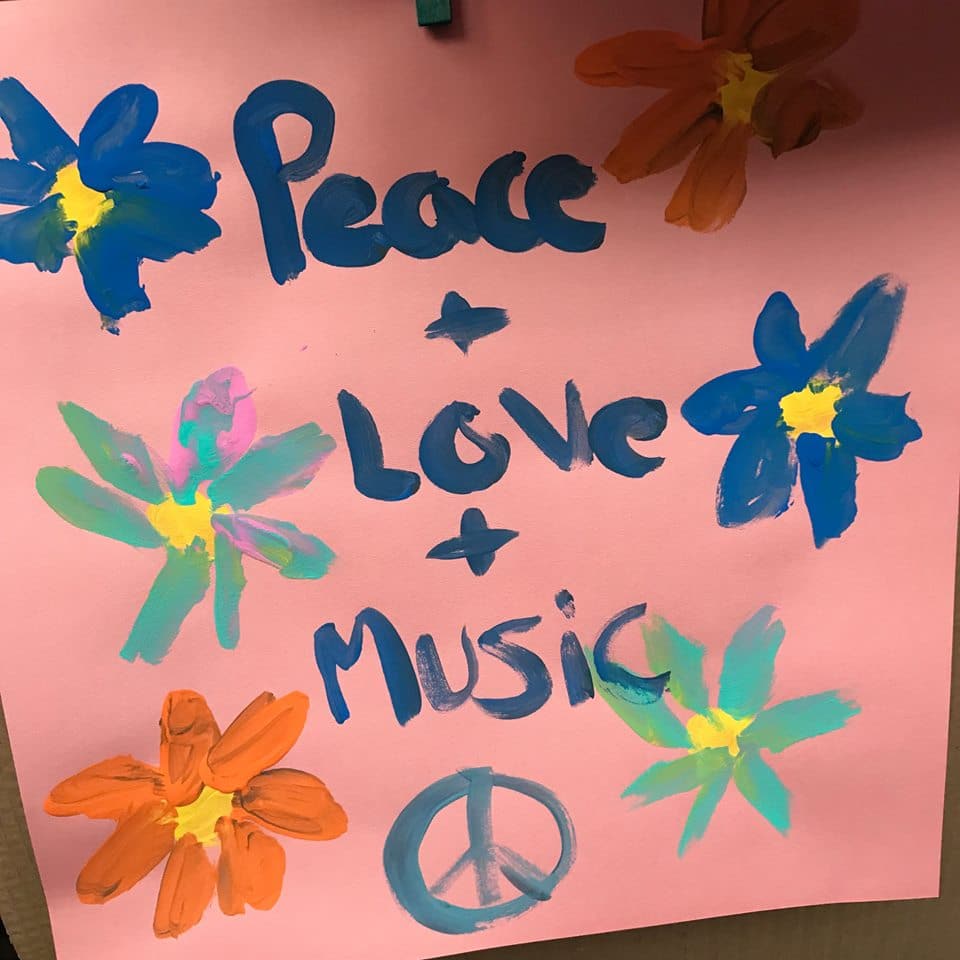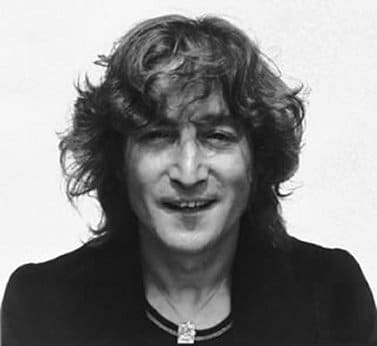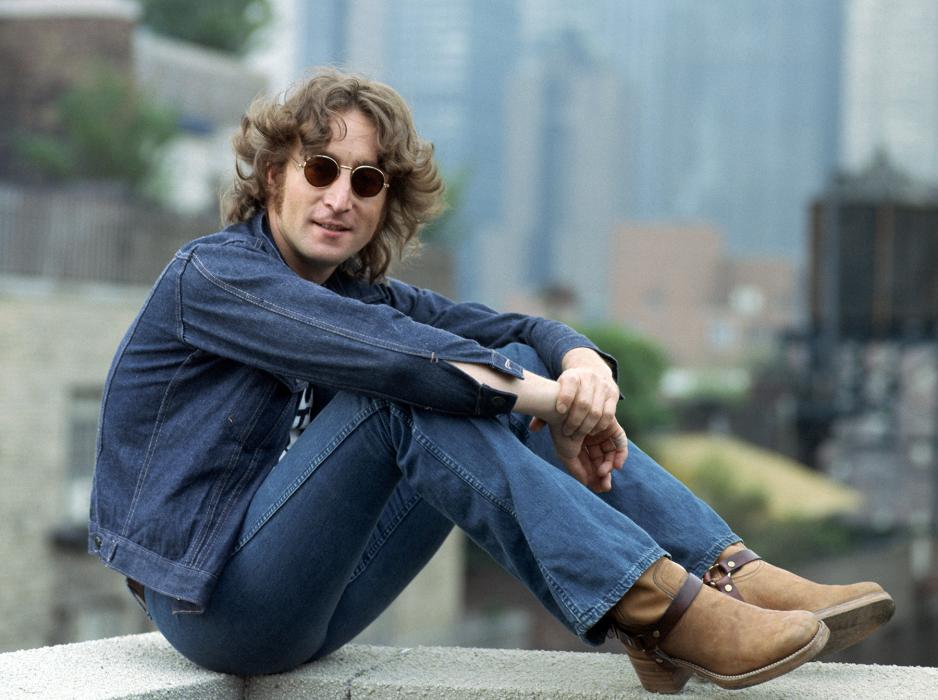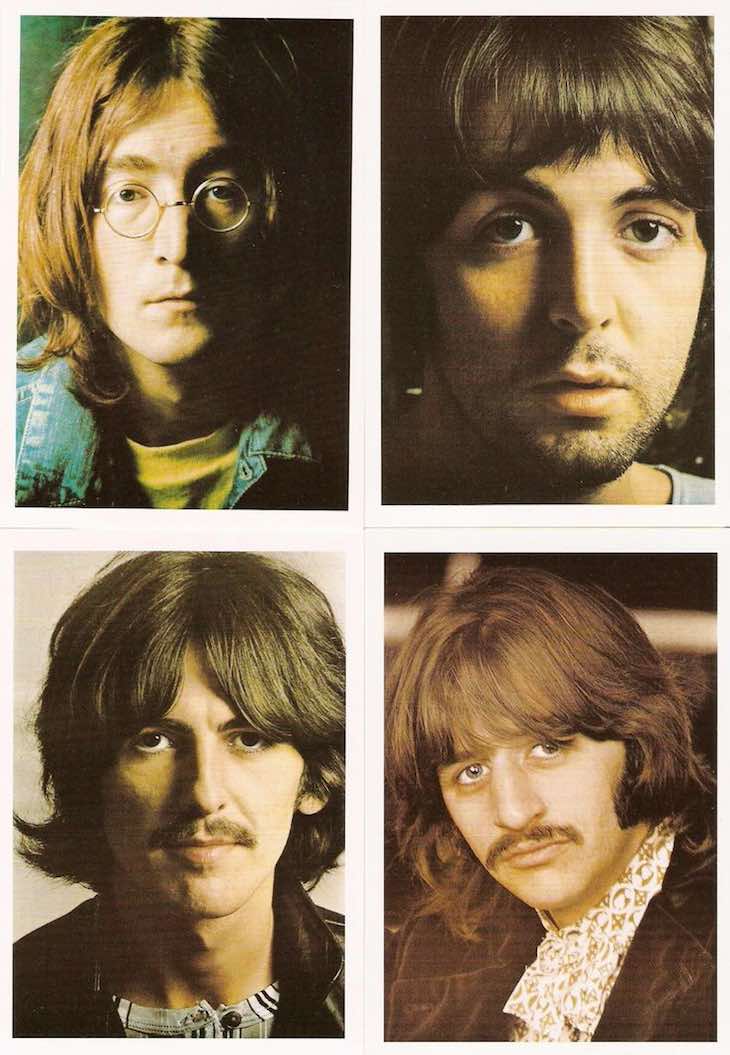The Esher Demos, those delightful “unplugged” precursors to The Beatles’ self-titled LP (commonly known as the White Album), were proof positive that Lennon and McCartney had completely different ideas about the way that rock’n’roll should be fashioned.
From Day One, John firmly believed that music should be created extemporaneously — that reworking a piece over and over was “doin’ a thing to death.” John believed that a song’s beauty lay in its imperfection. Paul, on the other hand, thought that a musical composition should be slowly honed and developed…that a recording should be tweaked and re-recorded until the final product was exactly the way the songwriter wanted it. Two concepts. Both viable. 180 out.
Paul, therefore, arrived at George Harrison’s home, Kinfauns, in Esher, England on that day in late May 1968, with a pre-recorded tape of polished offerings for the next album. The songs that Paul played for his friends that chilly afternoon were very similar to the final product he offered listeners via the White Album tracks. Paul changed little in studio because he had worked diligently, (by himself and ahead of time) before he presented his Esher demos to The Beatles.
Not so with John Lennon. John arrived in Kinfauns with the beginnings of several excellent songs. He brought with him ideas and concepts that were to be “fleshed out by the band.” John proposed tangible ideas for his songs, but he had always believed that it took the consummate talents of the entire group to bring a song to life.
However, in the case of two tracks that John created for the White Album, there was a bit of theoretical acquiescence and compromise. In developing these songs, John did use the talents and efforts of his entire group, but he also employed the McCartney recipe for success. The two songs we’re about to look at evolved slowly, and they changed dramatically from May of 1968 to their eventual, delayed release. They are:
Child of Nature
Whist in Rishikesh, both John and Paul were inspired to write songs based on a talk that the Maharishi had given about the relationship between man and nature. Paul wrote “Mother Nature’s Son,” and John penned “Child of Nature.”
On some level, John must have known that the lyrics he’d scribbled onto paper were rather ludicrous. John was no child of nature. In fact, I can only think of ONE instance in which he was profoundly touched by the majesty of his surroundings. In May of 1964, when John and Cynthia visited the Irish Cliffs of Mohr, John had perched alone, for some time, on a rocky, wind-swept Irish ledge. With Cynthia watching him protectively from a distance, John had taken it all in. And that afternoon as the sun set, he discovered a deep kinship with Ireland…a spiritual connection that spurred him to tell Cynthia that Ireland was where he wanted to retire, to spend the end of his life.
But otherwise, John spent as little time in nature as possible. Even when fervently trying to raise funds for a new guitar by mowing Mimi’s lawn, he never quite finished the job. Mimi told Ray Coleman: “He’d do half the job and give me a squeaker kiss for the rest.” John Lennon was no Euell Gibbons.
So here, in “Child of Nature” — as John tries to create a song about a theme that is foreign to him — he can’t quite take the job seriously. Indeed, as he sings his demo at Kinfauns, he warbles in a rather mocking way, filling the performance with exaggerated vibrato. It almost seems as if he is making fun of himself. In his heart of hearts, John knew that his lyrics lacked sincerity.
However, John didn’t give up on the offering…that afternoon, he diligently worked with his group. He double-tracked his voice on George’s Ampex recorder; he asked Ringo to use a shaker to accompany him. But despite a sincere effort, the song failed to soar.
Always shrewd and self-evaluating, John didn’t permit “Child of Nature” to be included on the White Album. For months after the LP’s release, he held it in abeyance.
Then, on the first day of the Let It Be sessions, John toyed with the offering again, recording it without that famous opening line, “On the road to Rishikesh.” By that juncture in history, John wanted nothing to remind him of the Maharishi. But try as he might, “Child of Nature” still didn’t work.
Finally, in 1971, John got down to brass tacks. He completely retooled the song into the very honest, open, and frank “Jealous Guy.” Now singing bespoke lyrics that suited his life and personality, John hit the mark.
I was dreaming of the past
And my heart was beating fast
I began to lose control, I began to lose control…
I didn’t mean to hurt you
I’m sorry that I made you cry…
Now this was about the real John…the little boy who had been so abandoned in his past that he could never trust future relationships…the child who had been so unloved that he could never relax into loving without the trembling query, “If I fell in love with you, would you promise to be true??” The lyrics of “Jealous Guy” were fitting for the man who often hurt people before they could hurt him. It was a genuine song.
In transforming “Child of Nature,” John had adopted Paul’s caution against work created too spontaneously. Though much later, John’s bent towards immediate release would succeed with “Instant Karma,” here a brilliant work was unearthed through years of change and reconsideration. “Child of Nature” was the germ of what would later become one of John’s most outstanding works.
Sexy Sadie
Like the British Romantic poets (Keats, Shelly, Wordsworth, Poe, Coleridge), John was most productive during periods of trial. His gift (and his key to survival) was transforming pain into music. And since the spring of 1968 was replete with pain and anguish for him, John was writing superb music. Therefore, John came to Kinfauns bearing splendid songs to offer his mates. Some, like “Sexy Sadie,” however, still needed work.
Most Beatles fans know that John had penned “Sexy Sadie” in Rishikesh, during the aftermath of a rumour that the Maharishi had committed a grave impropriety with one of the young females on the Rishikesh excursion (a Mia Farrow look-alike named Pat, a nurse from Southern California).
John, who’d fervently hoped that the Maharishi would be “The Answer” to his marital problems and his discontent, reacted violently to the “griff” that the supposed holy man was more man than holy. John deducted, very sadly, that the Maharishi, therefore, probably didn’t hold the peace he was seeking, and disgusted, John had begun packing to leave India.
The version of “Sexy Sadie” that John sang to his friends in Esher wasn’t, of course, the original Rishikesh version. Only George Harrison had heard the initial lyrics, and he’d wisely convinced John not to use them. George had also encouraged John to scrap the very pointed title, “Maharishi,” pointing out not only the legal ramifications, but also, the bad karma one might incur from such a rash move. And John had listened.
With wisdom prevailing, John didn’t perform the original song at Kinfauns, either. Already, he’d begun the process of transforming “Maharishi” into the more acceptable “Sexy Sadie.” John had already implemented changes that would permit this song to be played on radio.
On July 19 and 21, in EMI Studios, John continued to cultivate his song. But this time, he moved more rapidly than he did with “Child of Nature.” Following his long-held philosophy of developing a song in studio with his band, John worked with “the group” to shape the track. The Beatles did 21 takes of “Sexy Sadie” on July 19, and then, completed another 23 takes on 24 July. And that work certainly paid off.
“Sexy Sadie” emerged as the version that we now know. Although it is a rather “watered down” shadow of John’s original manuscript, the enhanced track appealed to a much wider group of listeners. Who hadn’t, at least once, been duped by a charming and duplicitous man or woman? Who hadn’t been deceived? John Lennon had sagely turned a personal affront into a universal theme…and in doing so, had created one of the strongest offerings on the White.
To learn more about the Esher Demos, attend Dr. Kit O’Toole’s presentation at the 2019 New York Metro Fest for Beatles Fans where you’ll be able to hear gifted musician, Scott Erickson, perform many of these unique songs for you.
To order your own copy of the newly remastered Esher Demos, HEAD HERE
Jude Southerland Kessler is the author of the John Lennon Series: www.johnlennonseries.com
Jude is represented by 910 Public Relations — @910PubRel on Twitter and 910 Public Relations on Facebook.




